Lightweight Design Beyond CAD
Automakers have been focused on lightweighting their vehicles for years, motivated by fuel economy, performance and safety. This engineering task is becoming increasingly difficult as the areas to trim become fewer, and the requirements become more stringent (namely fuel/battery economy). It is estimated that (on average) every pound of savings on structural, load-bearing parts provides an opportunity to save nearly a pound on subsystems (steering, brakes, suspension, etc.), a trend known as mass-decompounding.
This figure decreases as the design cycle progresses and subsystems are locked-in, so lightweighting should be considered in design as early as possible to maximize these compounding effects. Traditional CAD certainly still has its place in automotive design, but there is a glaring need in the industry for more advanced computational tools that are built on solid and modern foundations; ones designed for the new materials and technologies that automotive engineers now have available to them, such as composites and additive manufacturing.
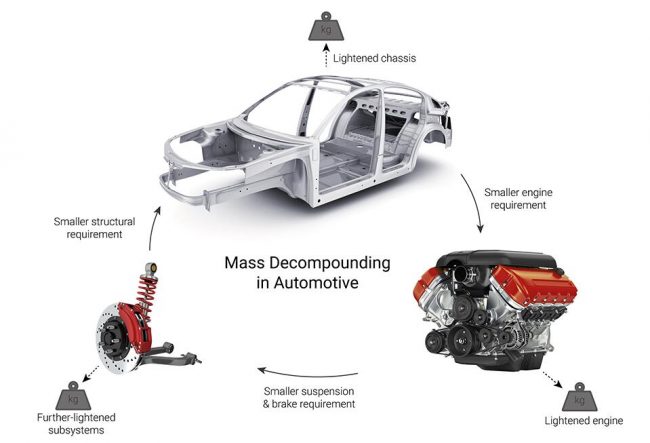 Image via SAE
Image via SAE
We’re learning to bond and hybridize very dissimilar materials to reach new levels of automotive performance. In the quest for lightweighting, the same will hold true of the design tools themselves. Instead of mixed-materials, we have mixed data-sources: surfaces from CAD, meshes from FEA, density fields or stress results from CAE, and real-world measurements like scan data or digitally-imaged strains. Just like physical materials, these need to be synthesized and fused together digitally to reach new levels of performance.
![]() Workflow benefits
Workflow benefits
What’s been broadly missing in the industry are the tools to execute this complex mixed-material, multi-objective design and optimization process—with consideration of a wide range of multiple data sources being used where they’re best suited. This is where computational engineering tools fit in, enabling an integrated data-fusion approach to engineering design in which the many factors and measurements relevant to the engineering process can be integrated into a single, high-performance design representation.
With this new multi-factor approach to design, the many simultaneous lightweighting opportunities available in automotive can be more fully exploited. Computational engineering delivers results dramatically faster than previous computer-aided design methodologies—on a unified platform founded in implicit algorithms that calculate solutions extremely rapidly. This provides repeatable, customizable workflows that integrate all the design tools (both internal and externally-sourced) that an engineer needs to, say, lightweight a solid metal brake pedal with an internal lattice structure.
Within this kind of software platform, a lightweighting toolkit can help automotive engineers reduce the overall weight of components via part consolidation, conformal ribbing, lattices and topology optimization/generative design. Structural performance constraints embedded in the analyses support multiphysics simulations to verify the integrity of the results and pave the way for prototyping, real-world testing, and production. Established workflows for lightweighting and performance can be saved, shared and applied to a wide variety of part geometries for highly automated design optimization.
Trying to achieve such sophisticated designs with conventional optimization tools based on simple compliance-minimization (e.g. generative design) tends to result in hard-to-manufacture shapes that don’t deliver ideal crashworthy collapse and crush results. We sometimes hear of days being spent to reconstruct the native geometry of a shape-optimized density field or simulation mesh, and weeks wrestling sketch relations and offsets to shell it for crashworthiness requirements. That hollow part then requires remeshing and revalidating to locally adapt the wall thickness, and this entire manual process is inevitably repeated for several design iterations. The design effort required to trim out those final few pounds increases exponentially.
![]() Optimizing for additive manufacturing
Optimizing for additive manufacturing
Automakers are increasingly exploring additive manufacturing (AM, or 3D-printing) technologies, with several already implementing the technology in production components. While not the complete solution to full-volume production in automotive, AM machines continue to evolve in capability, and decrease in cost, and are increasingly being used to produce many smaller lighter-weight parts and consolidated assemblies for vehicles.
Computational engineering tools are what connects the engineer to this newfound manufacturing capability and enables them to take advantage of the full complexity that these machines can deliver. This complexity is what brings conventional sketch-based tools to a halt, where parts as simple as a sculpted shift-knob can contain thousands of edges or millions of mesh-triangles.
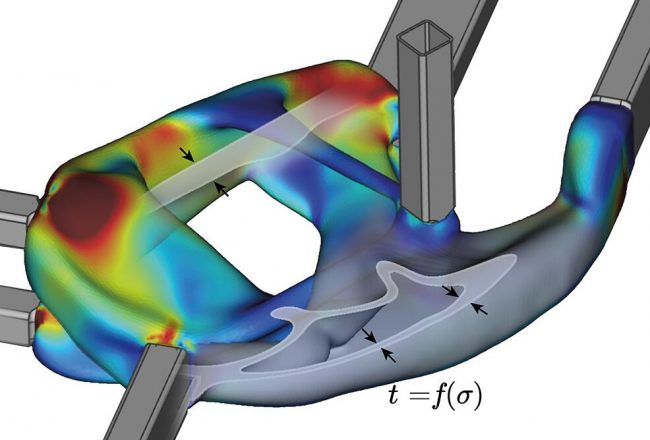 Image via SAE
Image via SAE
Proving out part geometries quickly and accurately, transferring directly to printers as toolpaths without error-prone triangles, is where computational engineering tools shine. Concurrent with the geometric optimization phase of a part designed for AM, the software provides an “architected materials” functionality, with which the overall geometry of the structure is automatically adjusted into free-flowing densities and/or varying wall-thicknesses, based on those critical multiphysics-field inputs like stress or temperature distribution.
New manufacturing and material technologies are undeniably challenging traditional sketch-based CAD architectures and workflows. Navigating these changing, novel design spaces requires the ability to efficiently integrate multiple engineering disciplines within a single platform and to fully automate and capture advanced workflows for future projects. Computational engineering software is stepping up today to help marry advanced manufacturing with advanced design. The opportunity for automotive engineers is to better create highly innovative and complex products with often breakthrough functionality.
Source: SAE

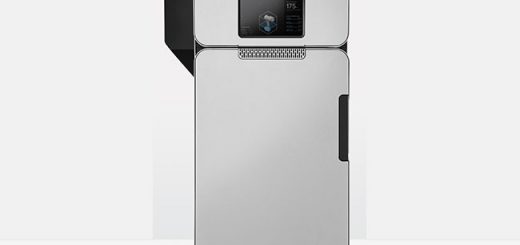
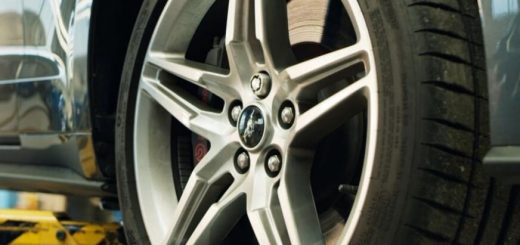
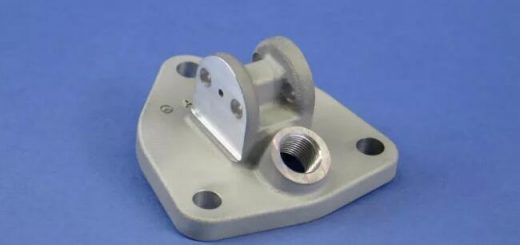
Recent Comments